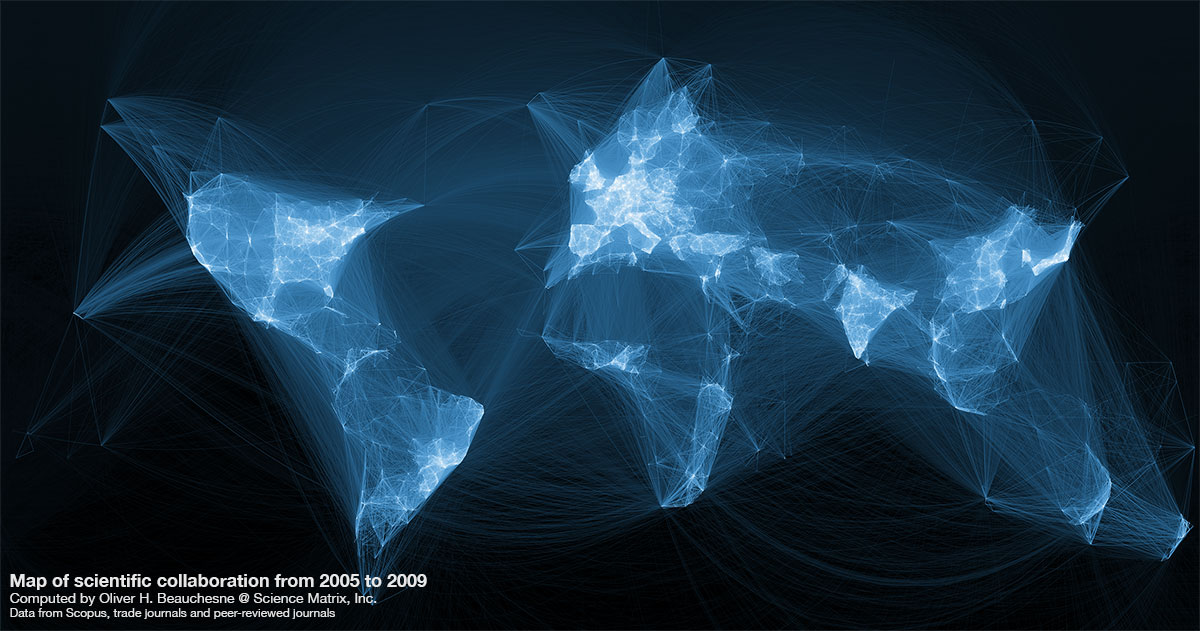Key points:
As the vice president of academic affairs and a member of the admissions committee at SSP International (SSPI), a nonprofit organization offering immersive scientific experiences, I review hundreds of applications each year from rising seniors for our flagship program, Summer Science Program. What we’ve learned is that many of our bright and talented students are navigating their academic careers without access to the same supports as similarly high-achieving students.
Where other Summer Science Program applicants might benefit from private tutors, college consultants, or guidance from parents familiar with the college application process and the high stress of today’s competitive college market, these students rise to the top of the applicant pool without leaning on the same resources as their peers.
This is especially true for first-generation students who will be the first in their families to graduate from high school, go through the college admissions process, apply for financial aid, and enroll in college. Not only do they need to be more resourceful and self-reliant without the support of their personal networks, but they also often take on the responsibility of guiding their parents through these processes, rather than the other way around.
School counselor shortage
For many students who are underrepresented in academia, their exposure to different colleges, careers, and networks comes from their school counselors. While the American School Counselor Association (ASCA) recommends a minimum student-to-school counselor ratio of 250:1, the nationwide shortage of counselors led to a national average ratio of 385:1 between 2020-2023. That is a lot of strain on counselors who already serve as jacks of all trades–needing to keep up with evolving college admissions processes, understand the financial circumstances of hundreds of families, provide emotional support, and stay on top of the job market to advise accordingly. This ultimately affects the level of personalized counseling students receive.
Making the college admissions process accessible
In 2020, SSPI launched College Link, a mentorship program offering Summer Science Program alumni access to one-on-one or group mentoring. Mentors support students during their transition from high school to college through guidance on financial aid, early decision/early action processes, college applications, personal essay writing, resume workshopping, and more. To date, College Link has served over 650 mentees and recruited over 580 mentors sourced from SSPI’s 4,200 alumni network.
This mentorship network comprises individuals from various backgrounds, leading successful and diverse careers in academia and STEM. Mentors like Dr. Emma Louden, an astrophysicist, strategist, and youth advocate who also helped develop the program, provided SSPI’s recent alumni with insights from their real-world professional experiences. This helps them explore a variety of careers within the STEM field beyond what they learn about in the classroom.
Demographic data from last year’s Summer Science Program cohort showed that 37 percent of participants had parents with no higher education degree. That is why College Link prioritizes one-on-one mentoring for first-generation college alumni who need more personalized guidance when navigating the complexities of the college application and admission process.
College Link also offers group mentoring for non-first-generation students, who receive the same services from several mentors bringing great expertise on the varying topics highlighted from week to week.
With the support of College Link, nearly one hundred percent of Summer Science Program alumni have gone on to attend college, including MIT, Stanford, Harvard, Caltech and other prestigious institutions.
Using College Link as a blueprint
As the U.S. continues to face a counselor shortage, schools can further support students, especially first-generation students, through the college admissions process by creating mentorship networks using the College Link model. Schools can tap into their alumni network and identify successful role models who are ready to mentor younger generations and guide them beyond the admissions process. With the widespread implementation of Zoom in our everyday lives, it is now easier than ever to build networks virtually.
Mentorship networks in schools can provide additional support systems for high school students and alleviate the pressures school counselors experience daily during college admissions season. Let’s continue to ensure the college admissions process is accessible to all students.




